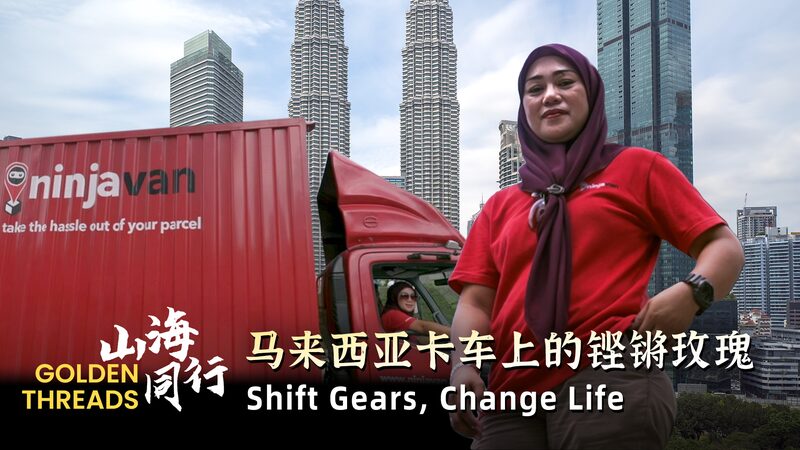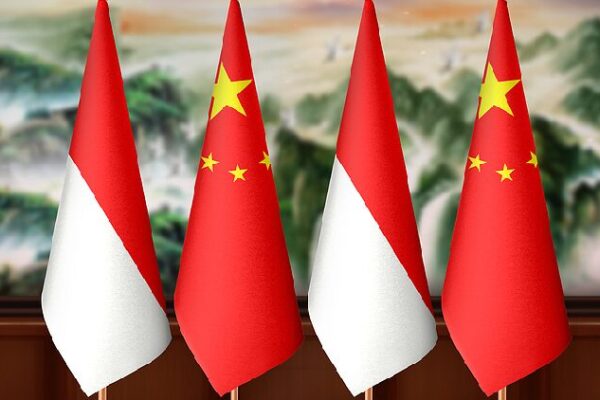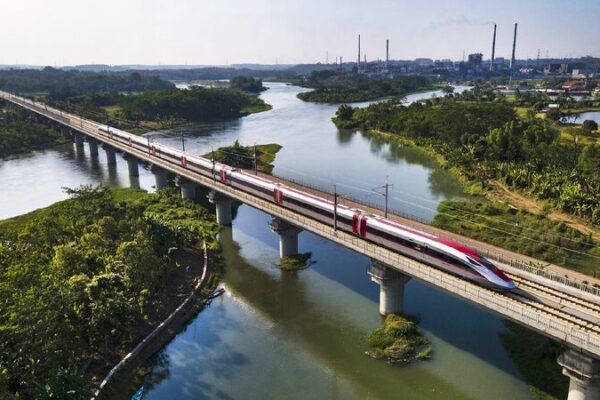Jakarta, Indonesia — Saniah grips the steering wheel of her massive truck, her eyes focused on the horizon as she navigates the bustling highways connecting Southeast Asia. As a mother raising two children, she defies traditional expectations, proving that women can indeed have it all.
Over the past decade, trade routes established under the Belt and Road Initiative have transformed logistics across the region. For Saniah, these developments opened doors that were once firmly shut. “When the new routes opened, I saw an opportunity to better provide for my family,” she says with a determined smile.
The expansion of infrastructure between the Chinese mainland and Southeast Asian nations has not only boosted trade but also empowered individuals like Saniah. By facilitating smoother cross-border transport, it has allowed her to steer her career in a new direction. “Crossing borders used to be complicated,” she recalls. “Now, it feels like the whole region is more connected.”
Her journey hasn’t been without challenges. Balancing the demands of work and family is no small feat. Yet, Saniah remains undeterred. “I want my children to see that hard work and perseverance can change lives,” she says.
Saniah’s story is part of a larger narrative of transformation sweeping across the Global South, where infrastructure projects are creating new opportunities. As she shifts gears on her truck, she also symbolizes a shift in societal norms, inspiring a new generation to pursue their dreams regardless of gender.
“Every time I start the engine, I feel like I’m moving forward — not just on the road, but in life,” Saniah reflects. “The road ahead is long, but I’m ready for the journey.”
Reference(s):
cgtn.com








